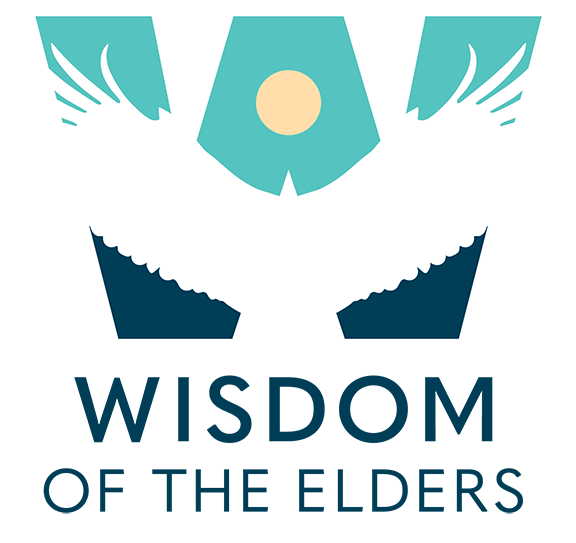
Flathead Indian woman peeling spetlem. About 1920. Courtesy K. Ross Toole Archives The University of Montana
Historical Introduction: The Salish/Kootenai
with Arlie Neskahi
[audio:https://www.wisdomoftheelders.org/prog302/mp3/302_hi.mp3]Arlie Neskahi:
Welcome to Wisdom of the Elders. I’m Arlie Neskahi.
The first snow already whitened the upper Bitterroot Valley. A large band of Salish people were camped on their way to buffalo country. Families sat close to the lodge fires and talked quietly, ate boiled roots and chokecherry cake. Suddenly, a group of people on horseback emerged from the timber and stood an arrow’s shot from camp. Quickly, elders formed a delegation to greet the travelers. One of the elders, named Three Eagles, had been on the trail observing the travelers since morning. He was puzzled by their appearance. They wore no blankets even in the freezing weather. Perhaps they had been robbed by the Blackfeet. The elders decided to treat them as guests and help them on their way.
The Lewis and Clark expedition had just climbed over the rugged lost trail pass and into the valley of the Bitterroot River in Montana. They had hoped to make contact with the Indians they called “Flatheads,” a misnomer that may have occurred because the visual sign for the Salish nation was to press both hands against the sides of the head, hence, Flatheads.
Most of the Salish had never seen a white person, reason enough to be curious, but oral history shows that Clark’s African-American slave, York, was an object of intense interest. Salish elder Louis Adams:
Louis Adams:
T he main concern of our people was this one (l) with them. And what that means is “Bluejay.” see, they had one black man, and to our people, through the years when we’d have a medicine dance in the past, you have Bluejay, more than one sometimes. They’re painted up with, with coal, charcoal. They’re black. And there usually a ceremony tied to what they do. But that’s what their main concern was. What are these, what kind of a ceremony are these people going to perform?
Arlie Neskahi:
The Salish and Kootenai tribes once ranged across western Montana and into parts of Idaho, Wyoming and Canada. Originally, the Salish lived east of the Rockies, but the Blackfeet and other well-armed tribes competing for buffalo territory pushed them west. Today the Salish and Kootenai live on the Flathead Indian Reservation northwest of Missoula along with the Pend d’Oreille or Upper Kalispel Tribe. Louis Adams:
Louis Adams:
Our people had about twenty-two million acres. I remember marianne combs used to tell me, in the spring, Indians would scatter and go to all their favorite haunts. Some went to (l), which is above Bob Marshall, clear down to (l) which is close to Hungry Horse dam. And some went to (l) Yellowstone. Some went into Idaho. And she said, in the fall everybody come back, which is now Stevensville, right across the river in that big flat. That’s where everybody stayed for the winter. She said, and some people may not come home for a year, two years, three years if they wanted to stay at their favorite places where they likes. And this is where they stayed. And then she said others never come back at all, if they went to the buffalo country maybe and met some Crows or Blackfeet. They said they might have had a war with them. Some families wouldn’t come back.

A Kootenai family in 1914, taken in Bonners Ferry. Courtesy of Northwest Museum of Arts and Culture.
Arlie Neskahi:
In 1855, the Salish tribes were forced to give up their claim to western Montana and northern Idaho, but reserved the Bitterroot Valley as their homeland. Within a generation, the U. S. government reassigned them to a new territory, the Flathead Reservation. Today, there are about 6,800 Salish, Kootenai and Pend d’Oreille tribal members, 4,000 of which live on the reservation. With native owned resorts, high tech industries and a rich timber resource, the Tribe is on the way to economic self-sufficiency. In this hour, we‘ll hear about the rich culture and history of the Salish and Kootenai people through their own voices and stories.
I’m Arlie Neskahi, and this is Wisdom of the Elders.

